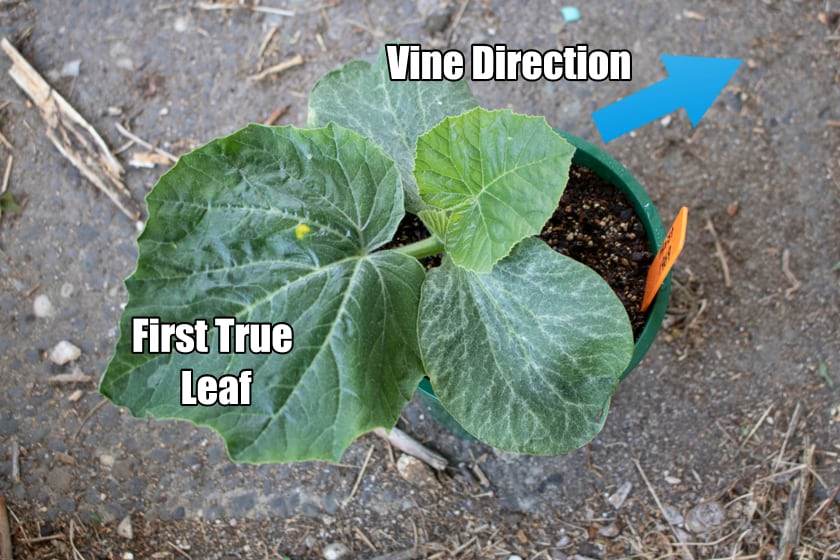

Pumpkin transplanting seedlings plus#
The soil must be well drained, but moisture retentive, warm and in sunlight, plus sheltered from strong winds. The process of allowing the pumpkins to adjust to the new outdoors condition must be gradual – between 7-10 days before transplanting. Next, grow for approximately 4 weeks so that they are large enough to be transplanted in the garden. Seal the pots inside a plastic bag and keep at around 30☌ (85☏) for 5-7 days to germinate. How can I grow my own pumpkins?īegin by sowing the seeds on their side in small pots of compost, approximately 2.5cm (1in) deep. Preserving your pumpkins will ensure your pumpkin displays last all through the Halloween season.
Pumpkin transplanting seedlings skin#
In terms of harvesting, leave the pumpkins until the outer skin has hardened and the fruits starts to visibly crack near the stem.

Or you can buy young plants, ready to plant outside in late May or early June, after the last frosts. If you want to wait and sow your pumpkins seeds directly outside, you will need to wait until the end of May or early June.To give them the best start, begin them under cloches. Pumpkin seeds can be sown as early as April and May indoors with heat and then transplanted outside after the temperature has warmed up. Where is the best place to grow pumpkins? They need warm daytime temperatures of around 18-30☌ (65-86☏), with lows of 16☌ (60☏) at night. While late spring may be dedicated to planting summer flowers, pumpkins need to be planted at this time too. Different pumpkin typesĭepending on what you want, and how much space you have, pumpkins can vary in size and weight with the monsters reaching weights of more than 500kg (1,000lb)! You can grow smaller pumpkins, such as ‘Windsor’, which only reaches 15cm (6in) in diameter, all the way up to the huge ‘Dill’s Atlantic Giant.’ One of the most common pumpkin varieties is ‘Jack Of All Trades’, which is a traditional pumpkin, perfect for carving and cooking. Today ‘Jack-o-lanterns’, as they are known, are symbolic of harvest celebrations. It is documented that pumpkins were served at the second Thanksgiving. Pumpkins were an important source of food during the cold winters, with the pumpkins saving many of the early settlers from potential starvation. The word ‘pumpkin’ originates from the Greek word ‘Pepon’, which translates to ‘large melon.’ Native Americans introduced pumpkins and squashes to the Pilgrims.


 0 kommentar(er)
0 kommentar(er)
